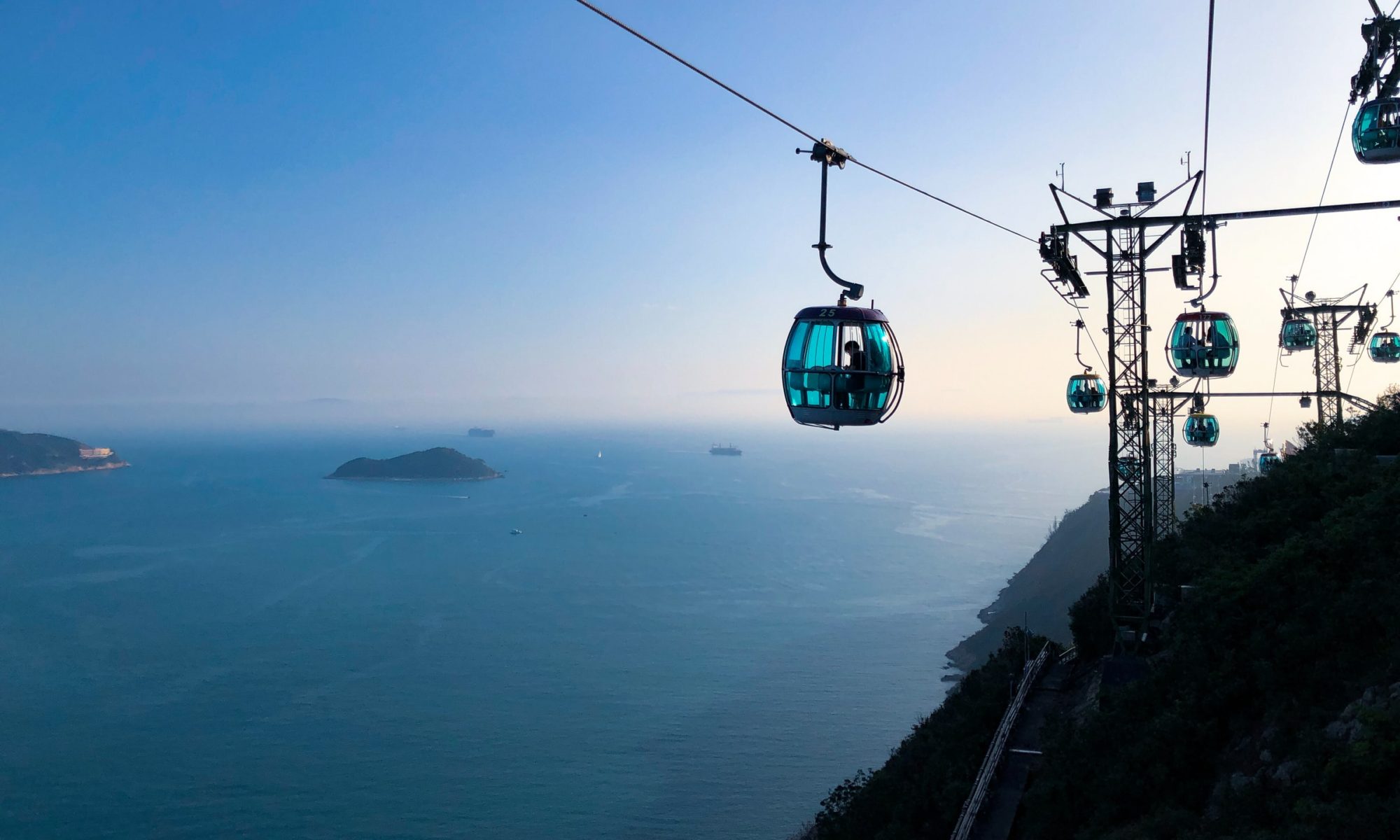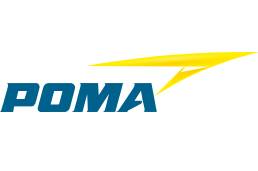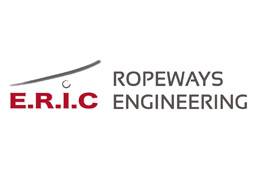Ropeways are emerging as the latest way of urban transportation and tourism attraction across the world. From Bolivia to Hong Kong, cable cars, ropeways, or gondolas as they are also called, offer a unique experience altogether. It was in 2004, that Medellin, Columbia pioneered the use of cable cars for urban transportation. The world’s longest metro ropeway system is in La Paz, Bolivia which stretches over 16kms and is the city’s primary public transportation system. It features 25 stations and costs $0.42 for a return ticket. In 2017, China’s first tri-cable ropeway successfully was started as part of its initiatives to enhance tourism transportation in Lushan.

Cable car in La Paz, Bolivia (Source: itinary.com)
It would be correct to speculate that globally the implementation of ropeways will only increase. In a report published by Market Reports, the cable car and ropeway market are to reach US$4201 million by 2026, growing at a CAGR of 6.5% during 2021-2026. A World Bank study concludes that the average journey length of modern ropeway systems is 2.7 km, and has an average speed of 10-20km/hr. An article published by the BBC, states that the reason for the rise in ropeway systems can be attributed to the fact that they are quiet, emit no direct air pollution, and in contrast to new railways, tunnels or bridges, are significantly cheaper to build. A major advantage of ropeways is its ability to connect the hilly and hard-to-reach regions. Additionally, in less economically developed cities that can’t afford light railway systems, they offer a faster and more comfortable method of commuting long distances than buses and can also help reduce congestion.
India too is catching up on the ropeway development and adaptation market for tourism and urban transportation. India already had several ropeways across the nation. Several states including Uttarakhand, Orissa, Maharashtra, Punjab, etc. are seeking to develop numerous ropeway systems for tourism and public transportation. India’s north-eastern states seem to adopt the implementation of ropeways more aggressively as compared to the rest of the nation. Guwahati will feature India’s longest ropeway over a river. The ropeway sprawls over the Brahmaputra river and will connect North Guwahati and Guwahati. Worth mentioning here are also the Darjeeling ropeway, Namchi ropeway, and the upcoming Bhaledhunga ropeway. The Bhaledhunga Skywalk as it has been termed is expected to have 18 cabins and will connect stations at Dhappar to Bhaledhunga. Additionally, the ropeway at Shri Mata Vaishno Devi, Katra, Jammu has one of the highest traffic when it comes to the commercial use of ropeways. The ropeway was inaugurated in 2018 and helps pilgrims reach the Bhairo Mandir offering a picturesque view of the Bhairo Valley and minimizing the time taken to cover the distance by three hours.
In 2018, WAPCOS and a leading cable car manufacture signed an MoU for end-to-end solutions for ropeway projects in India. The MoU features the entire gamut of studies, project reports, installation, operations, and maintenance and is aimed to boost tourism particularly in tier 2 cities of India, and to reduce traffic congestion. The latest addition of ropeways in India was in 2019, with the commencement of Skyview Patnitop by Empyrean for commercial operations in J&K. The adventure destination features the highest ropeway in India (in terms of ground clearance) and functions in a PPP model with the government. It is expected to be one of the leading places to visit near Vaishno Devi.
Furthermore, in 2019, FIL Industries Private Limited and POMA S.A.S France were awarded the Dehradun-Mussoorie ropeway project in a public-private-partnership with the Government of Uttarakhand. The ropeway project involves the development of approximately 5.5 km of aerial passenger ropeway system, which will significantly reduce the traveling time between two scenic and famous hill stations of north India. The project will also include developing 2 terminals each at Dehradun and Mussoorie, parking spaces along with other facilities like ticket counters, waiting for lounges, food & retail, public amenities, etc. The estimated cost of the project is Rs 300 crores.
As ropeways come with several significant advantages and the ever-growing need for modern urban transportation systems across the world, it would be optimistic to speculate that in the next decade the cities across the globe will be developing and adopting ropeways aggressively. Ropeways are not only an excellent alternative for urban transportation but also are a major attraction to the tourism industry and its offerings.












